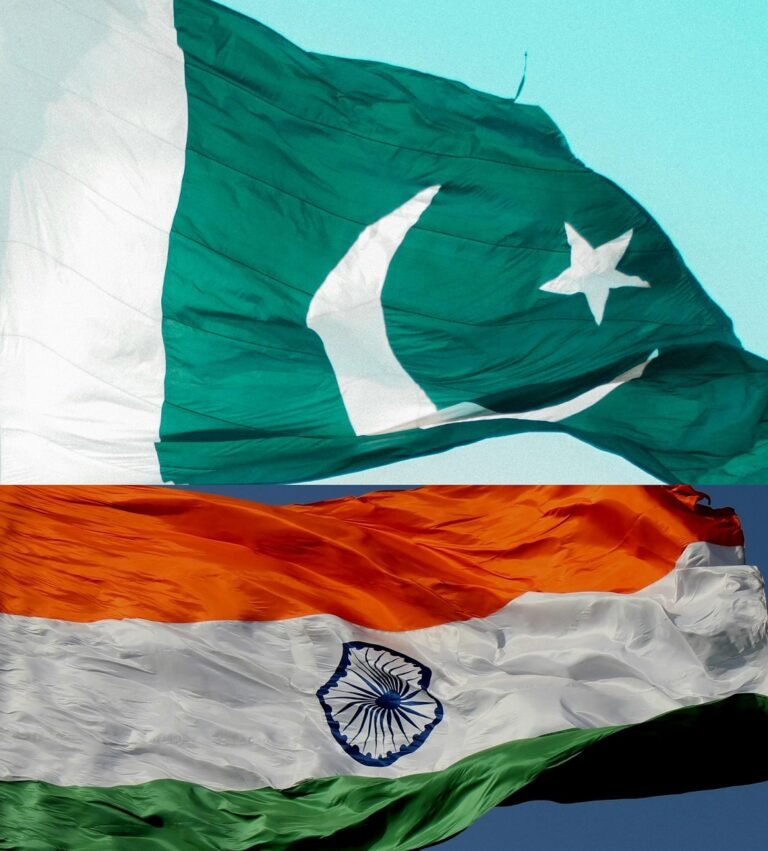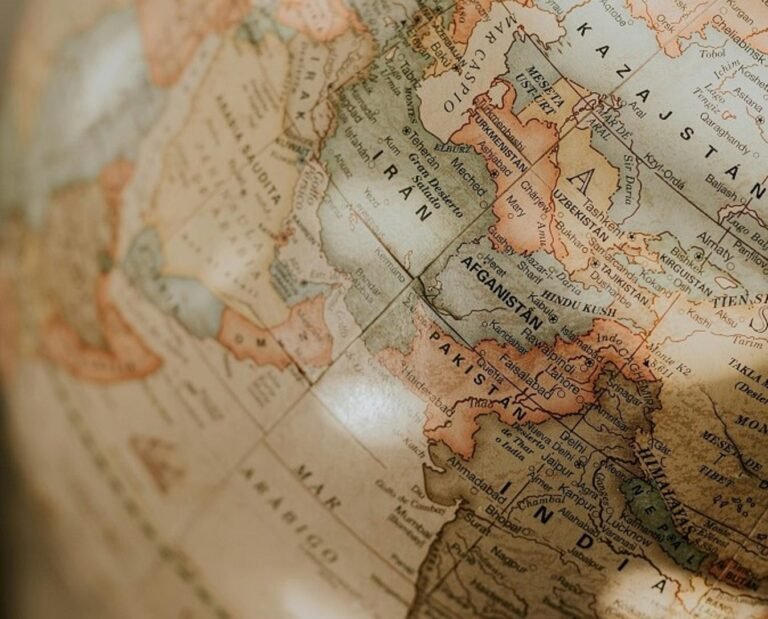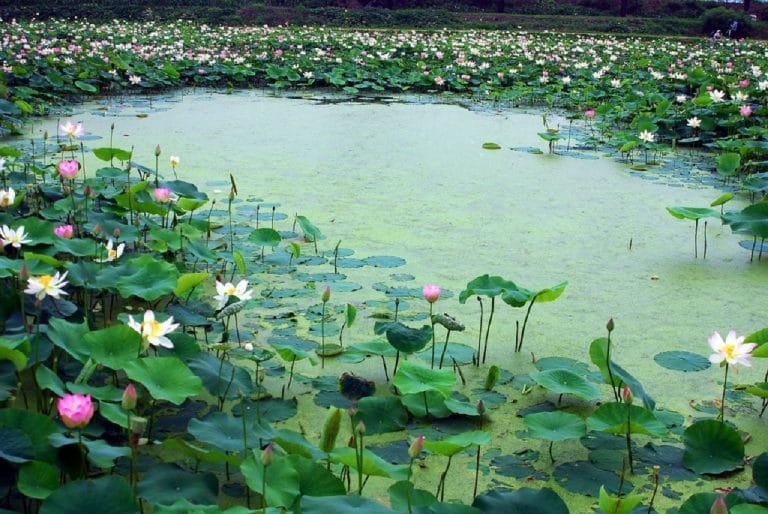The Pressing Issue of Environmental Pollution in Lahore. This month, Lahore has consistently led the daily list of the world’s most polluted cities. Pollution and winter weather conditions combine to envelop the city in haze, interrupting flights, forcing massive road closures, and wreaking havoc on its citizens’ health.
The problem of air pollution in Lahore and many other cities in Punjab province has been continuously worsening. With an estimated population of 110 million people, Punjab is Pakistan’s most populated province. In 2020, five cities in Punjab were named among the top 50 most polluted cities in the world. Other large Pakistani cities, such as the coastal city Karachi, are not faring any better. However, the current situation in Lahore is particularly concerning, with fine particle counts consistently exceeding 40 times the World Health Organization’s air quality guideline levels.
Prolonged or excessive exposure to polluted air causes a variety of health concerns, including asthma, lung damage, bronchial infections, strokes, heart difficulties, and a shorter life expectancy. According to the Global Alliance on Health and Pollution, 128,000 Pakistanis die each year as a result of air pollution-related diseases. Decision-makers have been sluggish to address the pollution issue. In 2019, Pakistan’s climate change minister infamously labelled rising concern over the pollution situation in Lahore as a conspiracy to disseminate disinformation. Many authorities and politicians continue to blame stubble burning by Indian farmers for Lahore’s air problem. While blaming India is a tit-for-tat reaction to similar Indian charges, it is not an accurate judgement. Wind directions over the India-Pakistan border fluctuate due to ever-changing wind patterns during the stubble-burning season.
There are various reasons why air quality in places like Lahore has been gradually worsening. Vehicle emissions, industrial pollution, fossil-fuel-fired power stations, waste-burning, and coal burnt by hundreds of brick kilns strewn over the province are all contributors to the problem. According to a 2020 Food and Agriculture Organization source appropriation analysis, electricity producers, industry, and the transportation sector are the main perpetrators.
Lahore has lost a substantial amount of its tree cover during the last 15 years as a result of an aggressive strategy to develop motorways, underpasses, and overpasses. Car sales in the city are brisk, and many of the vehicles on the road emit harmful fumes as a result of a lack of vehicle checks and rampant gasoline adulteration. Even pure fuel available in Lahore is of poor quality.
According to Hammad Naqi Khan, director-general of World Wildlife Fund-Pakistan, the city’s air pollution problem has been exacerbated by a lack of vehicle fitness and emissions testing, as well as the usage of low-quality gasoline. The federal government’s ambitions to convert to Euro 5-compliant gasoline have stalled owing to persistent economic problems, particularly rising inflation. Faced with an extremely high level of air pollution in Lahore, the Punjab government has declared a provincial ban on Euro 2 gasoline supply, which is set to take effect next month. It remains to be seen if the provincial government’s promise to transition to cleaner fuel would fare any better than the federal government’s prior commitment.
Bicyclists and pedestrians, who accounted for over 45 percent of traffic in Lahore in 2015, maintain a low priority when it comes to transportation infrastructure design, as indicated by the near lack of bike lanes or even sidewalks. And, while Lahore has invested in costly metro bus and rail systems, the feeder transit system required to optimize usage of these metro public transportation projects has gotten little attention.
More from TNF: UN expects deaths of 1 Million Afghan infants in winters
Lahore, like the rest of Pakistan, urgently needs to reduce its dependency on fossil fuels. This would assist to clean up both the transportation and energy production sectors at the same time. Last year, the National Electric Power Regulatory Authority stated that, due to the unpredictability of fossil fuel prices and the lowering cost of renewables, credible solutions for providing the country’s energy demands through more sustainable sources were required. Pakistani Prime Minister Imran Khan has also set an ambitious objective of generating 30% of Pakistan’s energy needs from renewable sources by 2030. This goal will not be easy to achieve. Powerful interests have a strong interest in the marketing of fossil fuels and the necessary transmission infrastructure.








